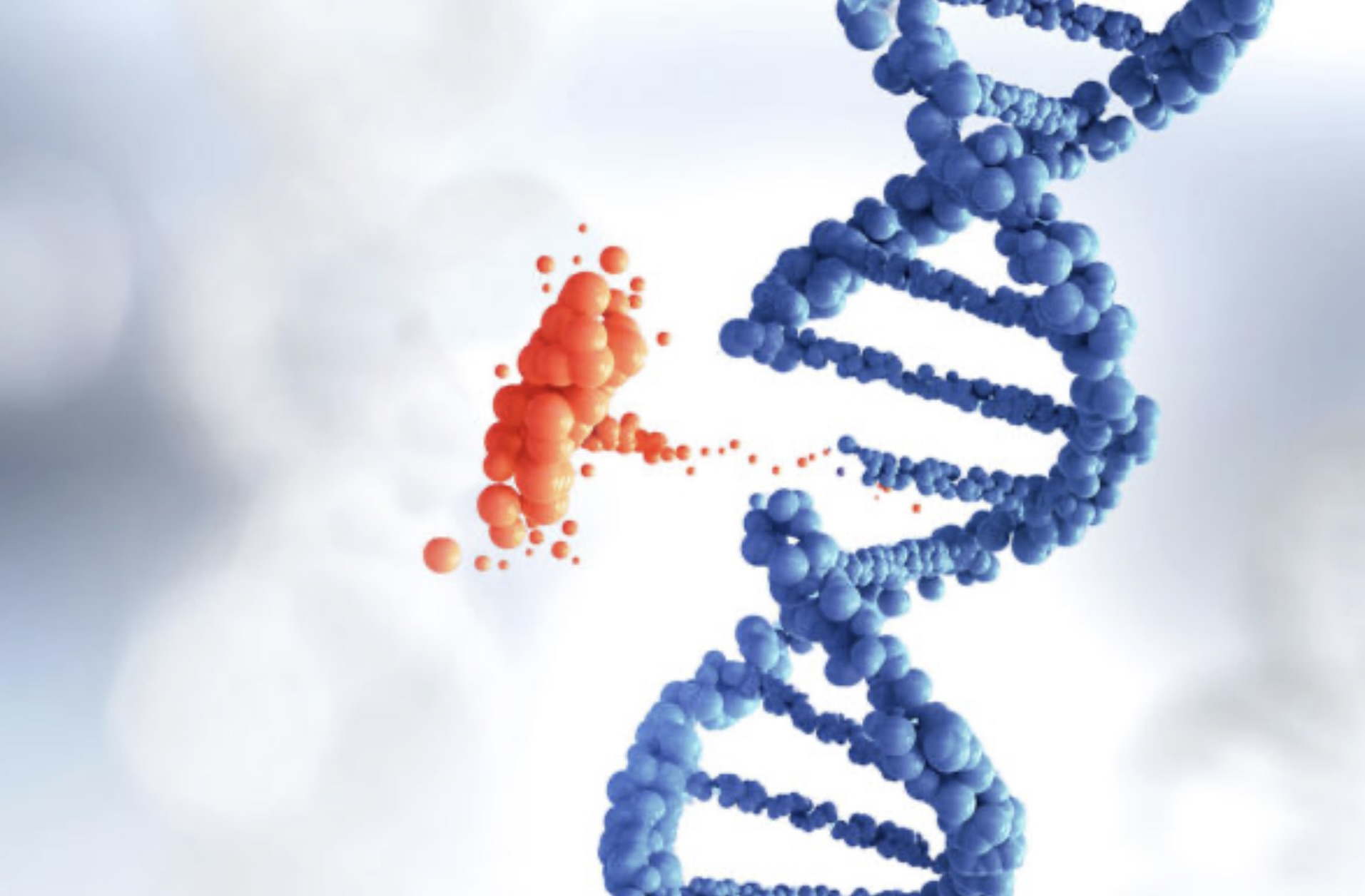Icelandic Type Amyloidosis: Symptoms, Causes, Treatment
What are the symptoms of Icelandic type amyloidosis?
Icelandic type amyloidosis, also known as hereditary gelsolin amyloidosis (HGA), is a rare genetic disorder characterized by the accumulation of abnormal protein fragments called amyloids in various organs and tissues of the body. The symptoms of Icelandic type amyloidosis can vary widely depending on the organs affected by the amyloid deposits. Common symptoms may include:
- Neurological symptoms:
- Peripheral neuropathy: Numbness, tingling, or weakness in the extremities, typically starting in the hands and feet and spreading inward.
- Autonomic dysfunction: Symptoms may include dizziness upon standing (orthostatic hypotension), gastrointestinal symptoms (such as diarrhea or constipation), urinary problems, and sexual dysfunction.
- Ocular symptoms:
- Corneal lattice dystrophy: Abnormal deposits in the cornea of the eye, which can lead to vision problems and discomfort.
- Skin symptoms:
- Skin lesions: Purplish or yellowish skin lesions, especially around the eyes, may be present in some individuals.
- Renal symptoms:
- Renal amyloidosis: Deposits of amyloid in the kidneys can lead to proteinuria (protein in the urine), which may progress to kidney failure in severe cases.
- Cardiovascular symptoms:
- Cardiomyopathy: Amyloid deposits in the heart can lead to cardiomyopathy, which may cause symptoms such as shortness of breath, fatigue, and palpitations.
- Other symptoms:
- Joint stiffness or pain: Amyloid deposits can affect the joints, leading to stiffness, pain, and reduced range of motion.
- Enlarged liver or spleen: In some cases, amyloid deposits can accumulate in the liver or spleen, causing them to enlarge.
It’s important to note that the symptoms of Icelandic type amyloidosis can vary widely among affected individuals, and not all symptoms may be present in every case. The progression of the disease can also vary, with some individuals experiencing a gradual onset and progression of symptoms, while others may have a more rapid decline in health. If you or someone you know is experiencing symptoms of Icelandic type amyloidosis, it’s important to seek medical attention for an accurate diagnosis and appropriate management.
What are the causes of Icelandic type amyloidosis?
Icelandic type amyloidosis, also known as hereditary gelsolin amyloidosis (HGA), is caused by mutations in the gelsolin gene (GSN). The gelsolin gene provides instructions for making a protein called gelsolin, which plays a role in regulating the assembly and disassembly of actin filaments, which are important for cell structure and movement.
Mutations in the gelsolin gene lead to the production of abnormal gelsolin protein fragments that are prone to forming amyloid deposits. These amyloid deposits can accumulate in various organs and tissues of the body, including the nerves, eyes, skin, kidneys, and heart, leading to the symptoms of Icelandic type amyloidosis.
Icelandic type amyloidosis is inherited in an autosomal dominant pattern, which means that a person only needs to inherit one copy of the mutated gene from either parent to develop the condition. Individuals with Icelandic type amyloidosis have a 50% chance of passing the mutated gene on to each of their children.
It’s important to note that while the genetic mutation that causes Icelandic type amyloidosis is present from birth, symptoms of the condition may not appear until later in life, often in adulthood. The age of onset and the severity of symptoms can vary widely among affected individuals, even within the same family.
What is the treatment for Icelandic type amyloidosis?
Treatment for Icelandic type amyloidosis, also known as hereditary gelsolin amyloidosis (HGA), focuses on managing symptoms and complications associated with the condition. There is currently no cure for Icelandic type amyloidosis, and treatment aims to improve quality of life and slow the progression of the disease. Treatment options may include:
- Symptom management:
- Neurological symptoms: Medications may be prescribed to help manage neuropathic pain and other neurological symptoms. Physical therapy may also be recommended to help maintain muscle strength and mobility.
- Autonomic dysfunction: Medications may be prescribed to help manage symptoms such as orthostatic hypotension (low blood pressure upon standing) and gastrointestinal issues.
- Ocular symptoms: Treatment may include lubricating eye drops or ointments to relieve dryness and discomfort. In some cases, surgery may be necessary to remove amyloid deposits from the cornea.
- Renal symptoms: Treatment focuses on managing complications such as proteinuria (protein in the urine) and kidney failure. Medications and lifestyle changes may be recommended to help protect kidney function.
- Cardiovascular symptoms: Treatment may include medications to manage heart failure or arrhythmias caused by amyloid deposits in the heart.
- Supportive care:
- Nutritional support: A balanced diet and adequate hydration are important to maintain overall health and manage symptoms.
- Physical therapy: Physical therapy can help maintain muscle strength and mobility, especially in individuals with neurological symptoms.
- Occupational therapy: Occupational therapy can help individuals with Icelandic type amyloidosis maintain independence in daily activities.
- Genetic counseling:
- Genetic counseling may be recommended for individuals with Icelandic type amyloidosis and their families to discuss the risk of passing the condition on to future generations.
- Clinical trials:
- Participation in clinical trials may be an option for some individuals with Icelandic type amyloidosis to access new treatments and contribute to research efforts.
The specific treatment plan for Icelandic type amyloidosis will vary depending on the individual’s symptoms, overall health, and the progression of the disease. It’s important for individuals with Icelandic type amyloidosis to work closely with a healthcare team experienced in managing the condition to develop a comprehensive treatment plan.




